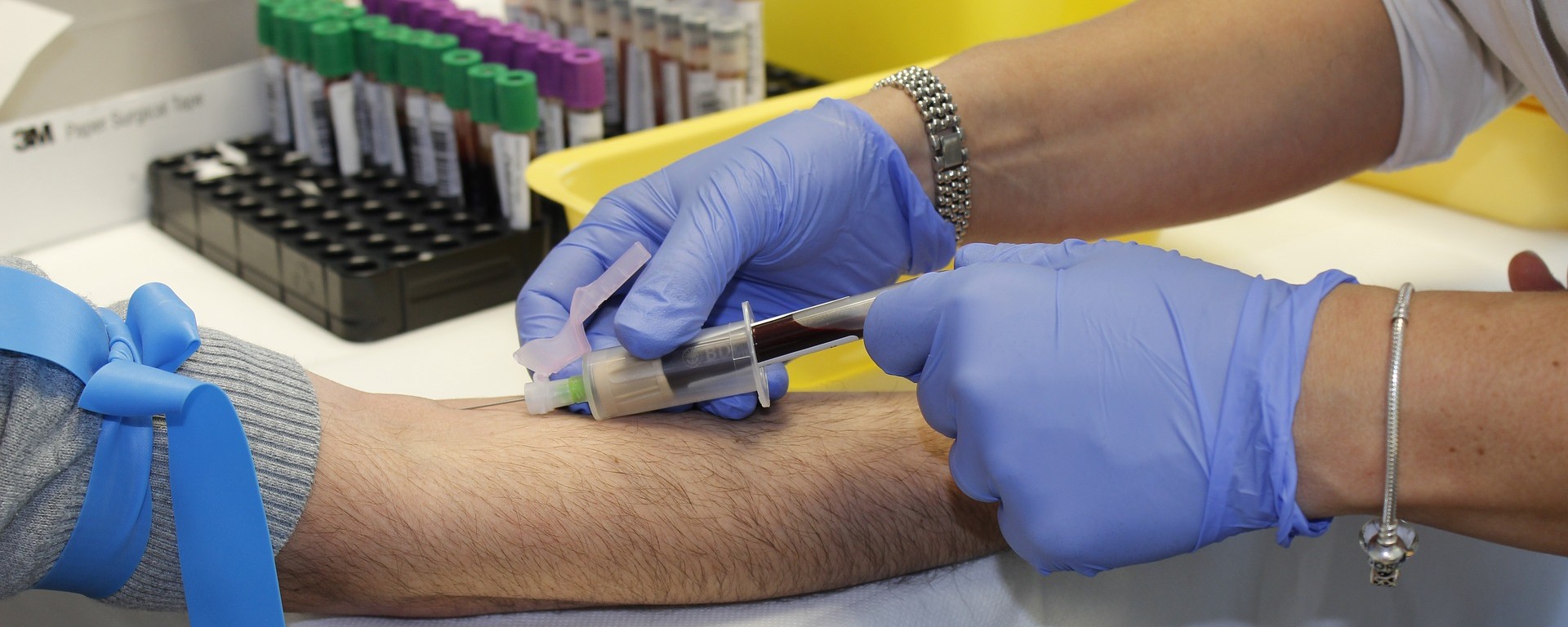How Northeast Medical Institute - New Haven Campus Phlebotomy Course & Cna Class can Save You Time, Stress, and Money.
Table of ContentsThe Only Guide to Northeast Medical Institute - New Haven Campus Phlebotomy Course & Cna ClassWhat Does Northeast Medical Institute - New Haven Campus Phlebotomy Course & Cna Class Do?Northeast Medical Institute - New Haven Campus Phlebotomy Course & Cna Class Things To Know Before You Get This9 Easy Facts About Northeast Medical Institute - New Haven Campus Phlebotomy Course & Cna Class DescribedHow Northeast Medical Institute - New Haven Campus Phlebotomy Course & Cna Class can Save You Time, Stress, and Money.Rumored Buzz on Northeast Medical Institute - New Haven Campus Phlebotomy Course & Cna Class
The use of such devices should be come with by various other infection prevention and control practices, and training in their usage.For setups with reduced resources, cost is a motoring consider purchase of safety-engineered devices - Phlebotomy Classes. Where safety-engineered gadgets are not offered, experienced use a needle and syringe is appropriate. Unexpected exposure and certain info about a case must be tape-recorded in a register. Support solutions should be advertised for those who undertake unexpected exposure.
One of the vital markers of quality of treatment in phlebotomy is the participation and collaboration of the individual; this is mutually valuable to both the health employee and the person. Clear information either composed or verbal need to be available to every individual that undertakes phlebotomy. Annex F supplies example message for clarifying the blood-sampling treatment to a client. In the blood-sampling area for an outpatient division or center, provide a comfortable reclining couch with an arm rest.
Northeast Medical Institute - New Haven Campus Phlebotomy Course & Cna Class Fundamentals Explained
Ensure that the signs for blood sampling are plainly specified, either in a written procedure or in recorded directions (e.g. in a laboratory kind). At all times, adhere to the strategies for infection avoidance and control noted in Table 2.2. Infection avoidance and control methods. Accumulate all the devices required for the procedure and area it within risk-free and very easy reach on a tray or trolley, ensuring that all the products are plainly visible.
Where the person is adult and mindful, adhere to the steps detailed listed below. Introduce yourself to the individual, and ask the person to state their full name. Inspect that the research laboratory form matches the individual's identification (i.e. match the person's details with the lab type, to make certain accurate identification). Ask whether the patent has allergic reactions, phobias or has ever passed out throughout previous shots or blood attracts.
Make the person comfy in a supine placement (when possible). Area a tidy paper or towel under the individual's arm. Review the examination to be executed (see Annex F) and get spoken approval. The individual has a right to decline an examination at any type of time before the blood sampling, so it is very important to make certain that the client has recognized the procedure.
The Ultimate Guide To Northeast Medical Institute - New Haven Campus Phlebotomy Course & Cna Class
Expand the individual's arm and inspect the antecubital fossa or forearm. Find a vein of an excellent size that is visible, straight and clear. The layout in Section 2.3, shows typical positions of the vessels, however several variations are feasible. The mean cubital capillary exists in between muscles and is normally one of the most easy to pierce.
DO NOT insert the needle where veins are diverting, because this enhances the possibility of a haematoma. Situating the blood vessel will certainly aid in establishing the correct size of needle.
Haemolysis, contamination and presence of intravenous fluid and medication can all alter the outcomes (39. Nursing team and visit this site physicians might access main venous lines for samplings complying with procedures. Nevertheless, specimens from central lines carry a risk of contamination or erroneous research laboratory examination outcomes (https://northeastmed.wordpress.com/2024/06/29/northeast-medical-institute-new-haven-campus-phlebotomy-course-cna-class/). It serves, however not suitable, to injure specimens when initial presenting an in-dwelling venous device, prior to linking the cannula to the intravenous fluids.
Facts About Northeast Medical Institute - New Haven Campus Phlebotomy Course & Cna Class Uncovered
Failure to enable sufficient call time raises the risk of contamination. DO NOT touch the cleaned site; in specific, DO NOT put a finger over the capillary to assist the shaft of the revealed needle.
Ask the person to create a hand so the veins are more prominent. Enter the capillary quickly at a 30 degree angle or less, and continue to introduce the needle along the vein at the easiest angle of entry - CNA Classes. Once sufficient blood has been collected, launch the tourniquet prior to taking out the needle
Get This Report about Northeast Medical Institute - New Haven Campus Phlebotomy Course & Cna Class
Take out the needle gently and use gentle pressure to the website with a clean gauze or completely dry cotton-wool ball. Ask the person to hold the gauze or cotton wool in position, with the arm prolonged and raised. Ask the person NOT to bend the arm, due to the fact that doing so triggers a haematoma.

Northeast Medical Institute - New Haven Campus Phlebotomy Course & Cna Class Fundamentals Explained
Do not press the syringe plunger since added stress enhances the threat of haemolysis. Where possible, keep televisions in a shelf and relocate the shelf towards you. Inject downwards into the proper coloured stopper. DO NOT get rid of the stopper because it will launch the vacuum. If the example tube does not have a rubber stopper, infuse very gradually into the tube as lessening the stress and velocity used to transfer the specimen reduces the danger of haemolysis.
